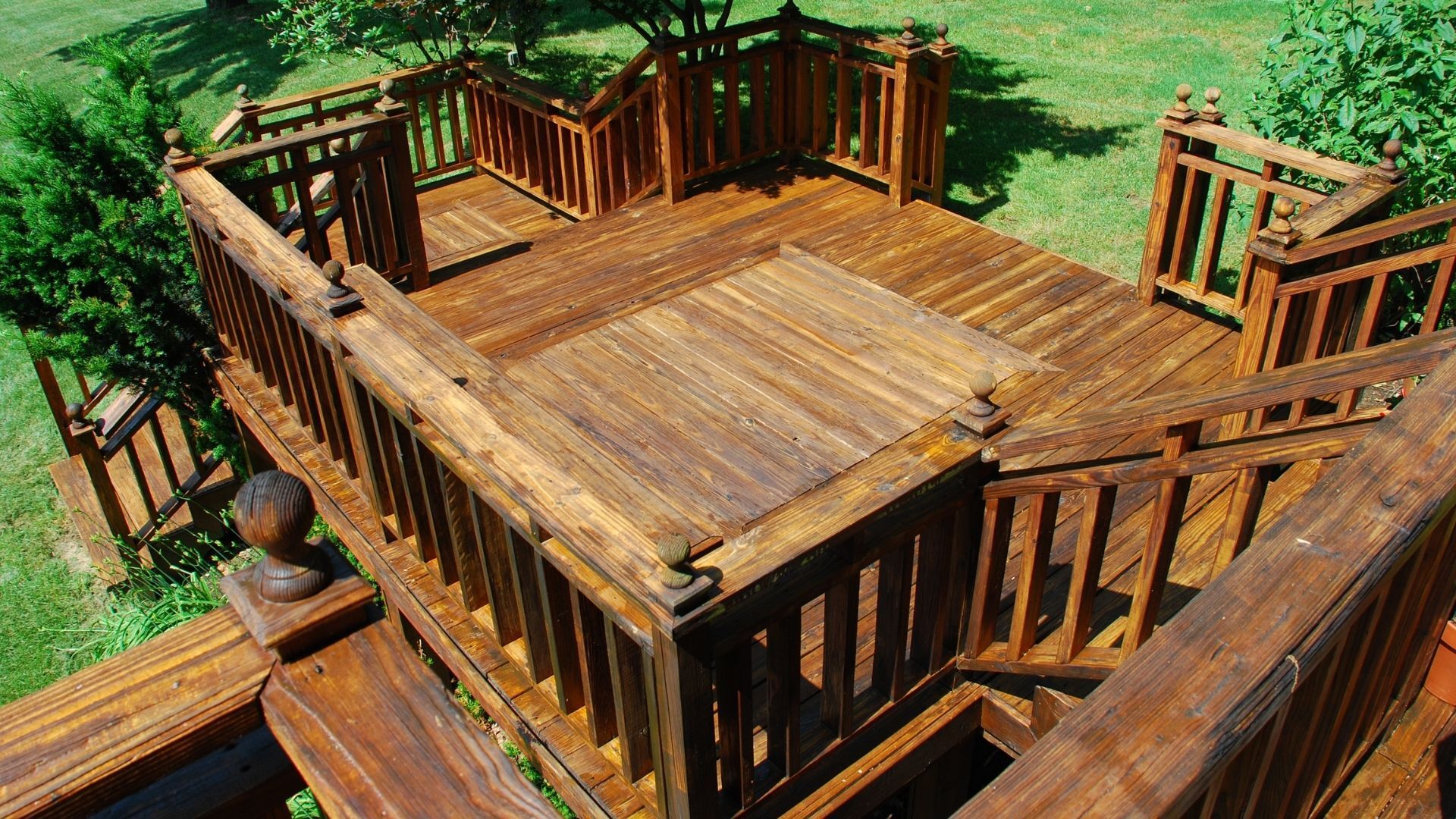Fence Installation: Materials, Techniques, and Maintenance
A fence is an important part of your home that can give your home more privacy and keep your property safe. Many think putting up a fence yourself is easy, but it's a big job.
Before digging holes in your yard, there are important things to consider when putting up a fence. You should consider the kind of land you have, what materials you want to use, and how long the fence will be. This information will help determine if you have the right skills and materials to
build a fence yourself.
Begin with the Basics
Make sure you have the appropriate tools before you start. Besides the basic toolkit, you'll need a post-hole digger, gas-powered auger, big hammer or mallet, shovel, long string, and level. You would be able to rent some of these tools from a nearby hardware store.
Choosing the material for your fence is a really important step. There are many choices, but considering which one to pick depends on how good you are at doing things yourself, what kind of look you want, and what you need to do.
Cedar Wood
One of the great things about cedar wood is that it resists rot and decay very well. This means it can last long without falling apart, even when exposed to the elements. Over time, cedar wood typically changes colour and develops a lovely silver-grey patina, which many people find attractive. If you choose cedar for your fence, you can usually find the materials at home improvement stores.
The greatest part is that you can get creative with cedar planks, making your fence look how you want.
Vinyl
Vinyl fences are another option, and they have some advantages. They come in various heights and styles, giving you flexibility in choosing the look you want for your fence. However, vinyl fences can be a bit challenging to install compared to other materials, especially if you're not experienced with this type of work. Thus, if you plan to go the vinyl route, seeking guidance or considering professional installation to ensure it's done correctly could be a good idea.
Iron or Metal
Traditional wrought iron fences have a classic, timeless appearance. However, they require professionals for custom parts and installation. The intricate designs and heavy iron materials can be quite challenging for DIYers.
On the other hand, newer metal options like aluminum and steel offer a similar elegant look to wrought iron but are typically easier for do-it-yourself enthusiasts to handle. They're available in ready-made kits, so you won't need to customize every component yourself. This can save you time and effort while still achieving the desired aesthetic for your fence.
Plan The Fence Installation
Getting ready – putting up a fence can take a few days. When you're making your plan, think about these steps:
Where to Put the Posts and Digging Holes
Fence sections are usually 6 to 8 feet long. When you dig holes for the posts, it's important to remember these lengths. Professionals say not to put the posts more than 8 feet apart.
Choosing the Right Hardware
Once you find hardware that matches your style, think about how heavy it is and what your fence is made of. For example, a wooden gate made with pressure-treated wood can get heavier when wet. In this case, put the gate posts deeper into the ground and use more cement around them.
Pouring Cement and Securing Posts
Try to bury at least one-third of a fence post when you set it in the ground. This makes the fence strong enough to withstand strong winds. Let the cement dry for 24 hours.
Attaching Fence Panels
Fences have two sides, but one side looks better than the other. Pros follow the "pretty side out" rule: The good-looking side should face the neighbours and the road. The other side, the "integrity side," faces your house. It has wood railings and other strong support beams.
Fence Maintenance
After your fence is up, remember these
important tips for keeping it in good shape.
Sealants, Stains, and Paints
- Wood Fences: If your fence is made of wood, use a water-repellent or wood-preserving sealant to stop it from drying out in the sun. If you stain or paint your fence, redo it every three to five years. If you skip staining or painting, you'll likely need to reapply the water sealant yearly.
- Vinyl Fences: Vinyl fences are low-maintenance. Just wash off dirt with mild soap and a hose.
- Iron or Steel Fences: Use special paint that stops rust for these. You can brush it on or spray it.
Landscaping
Try to stop vines from growing on your fence. Moreover, trim back bushes, especially if your fence is wood-made. A wooden fence may deteriorate if plants come in contact with it.
Fix Damage Quickly
If your dog digs under the fence or a tree branch breaks a fence panel, fix it fast. Quick repairs can prevent the wood from splitting or rotting and stop a vinyl fence from sagging.
Get Help From Professional Fence Installers
Given all this information, you could consider whether paying for professional
fence installation is a good idea. If your yard has tricky land or goes up and down a lot, it's a good idea, as you look for “fence installers near me,” to consider getting professional help from on eof the leading fencing contractors, Victoria Deck & Fence. Start your fencing journey with our top-of-the-line services.



